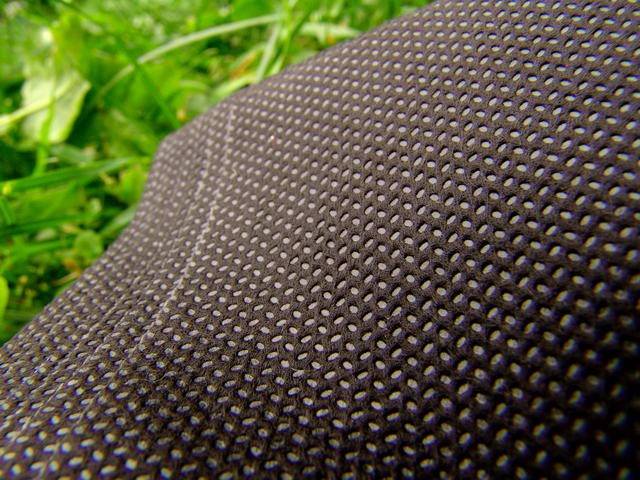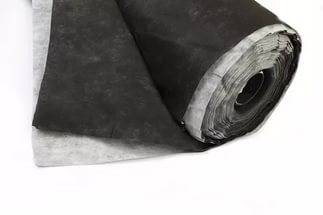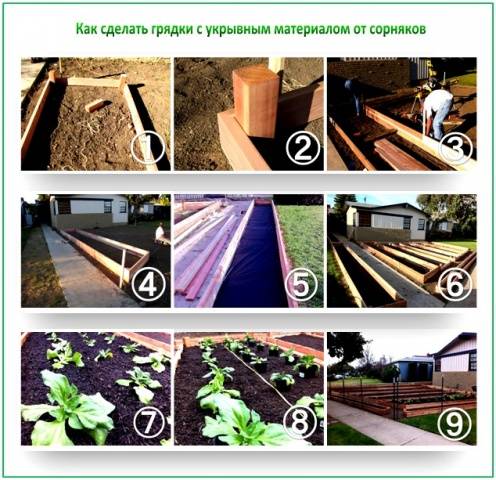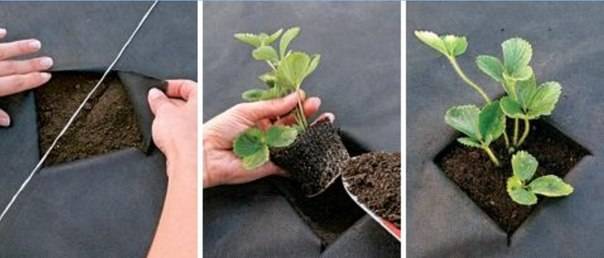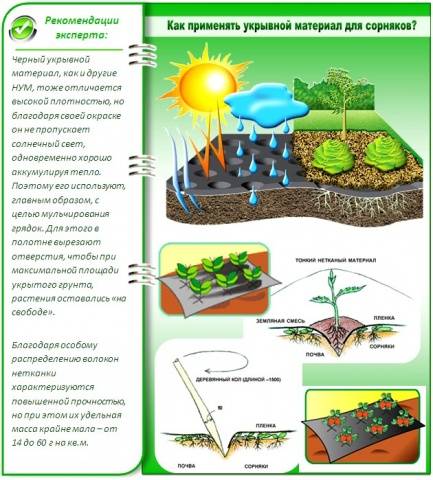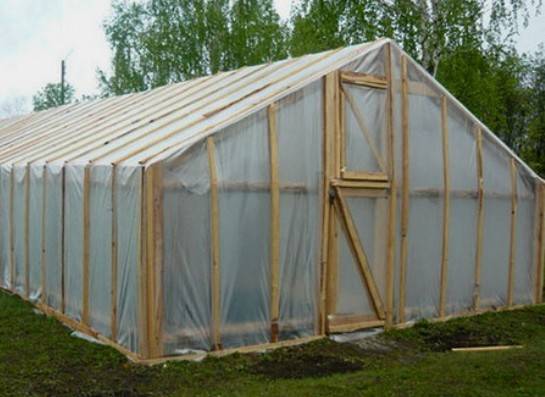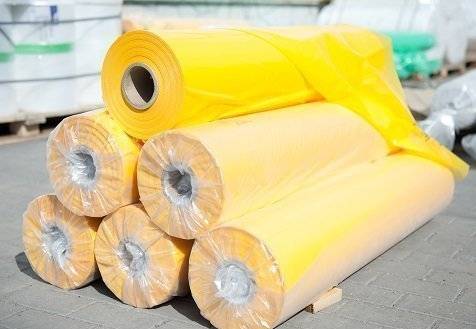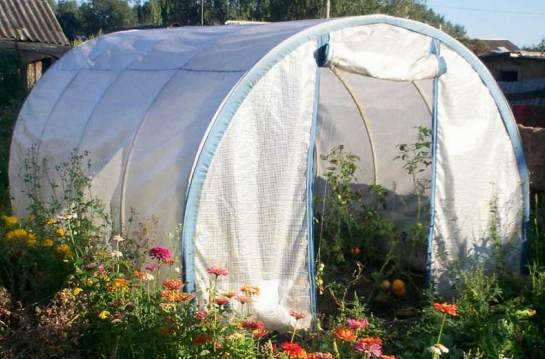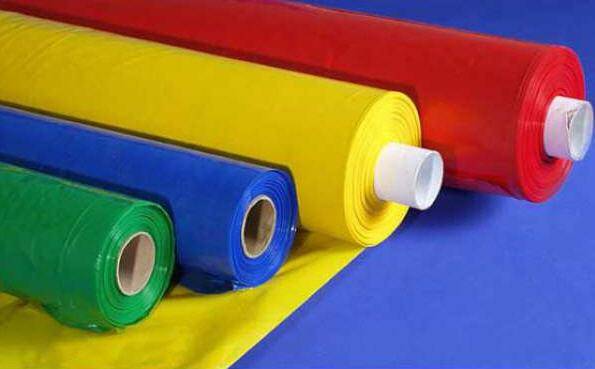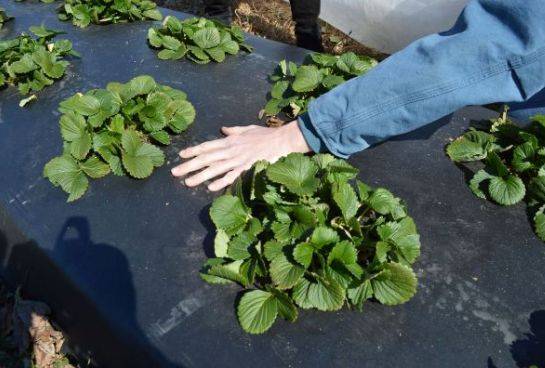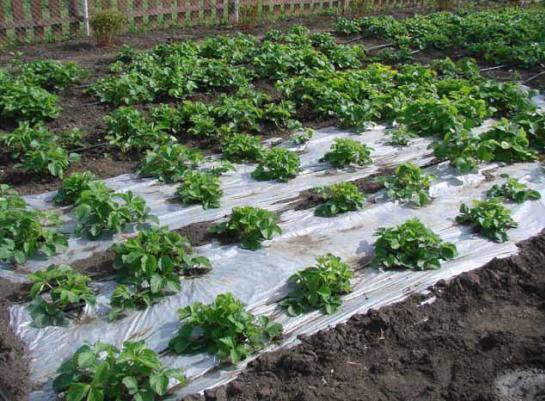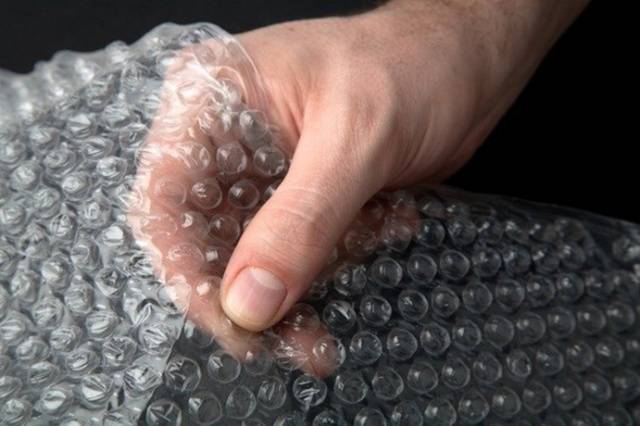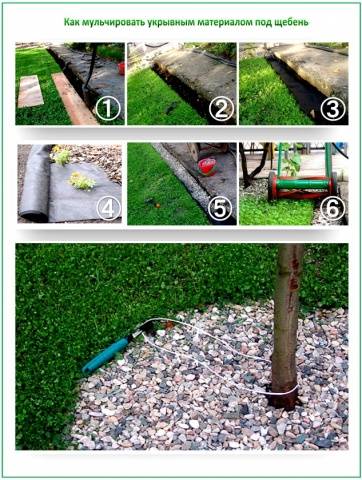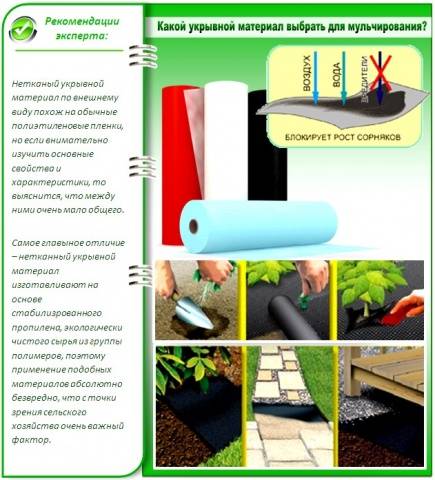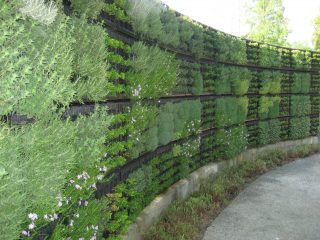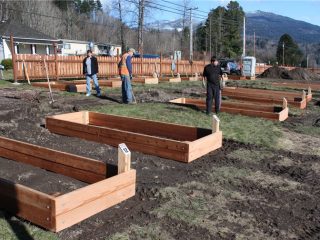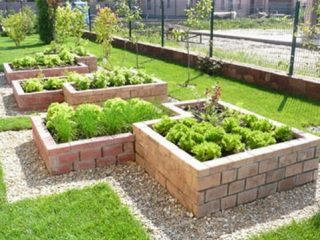Content
New technologies, garden tools, as well as the efforts of the vegetable grower himself help to grow strong seedlings and get a good harvest in the future. Many devices have been created to help gardeners. One of them is the covering material for the beds, which is used in almost every technology of growing plants. There is a wide variety of fabrics in different sizes, densities and colors on the market. Each material has its own composition, and, therefore, the properties are also different. What happens and what the covering canvas is used for, we will now try to find out.
Difference in composition of covering material
On trade counters, various types of covering material for beds are presented to the buyer, differing in their composition, as well as their purpose. In general terms, they can be divided into two groups: Film and non-woven fabric. Each material has its own density, and is designed to perform specific tasks in the beds.
Non-woven covering material for garden beds
Sometimes gardeners among themselves non-woven fabric is referred to simply as a covering material, but most often it is called agrofiber. In retail outlets you can find such brands of nonwoven fabric as: Spunbond, Agrotex, Agrospan, etc. You should not look for differences between these names. This is one and the same agrofibre, only from different manufacturers.
A non-woven covering material is made of polypropylene, although it feels like a regular fabric to the touch. Despite its chemical composition, agrofiber is not toxic. The porous structure allows air and water to pass through perfectly, but retains heat over the covered beds. Non-woven fabric is resistant to UV radiation, which is why it has a long service life.
Non-woven covering material is in great demand among vegetable growers, but they must be used correctly. Agrofibre is produced in black and white, as well as in different densities. Before using a nonwoven fabric, all these characteristics must be paid attention to.
Depending on the density, the nonwoven material has its own purpose:
- Density of agrofibre with an indicator of 17-30 g / m2 indicates that the material will protect the plants in the garden from light frosts and scalding UV rays. Often, plantings are covered with such a light canvas against the invasion of harmful insects. Strawberries are saved from birds eating ripe berries.
- Agrofibre, the density of which is 42-62 g / m2, are used to shelter arc greenhouses. The material is wrapped around low trees and shrubs in winter to protect them from severe frosts.
- Agrofibre with the highest density 60 g / m2 similarly used in the manufacture of greenhouses. Dense material black color laid on the ground to protect against weeds.
Now let's see why a different color of agrofibre is needed. The white non-woven fabric transmits daylight to the plants. It is used to cover greenhouses and sheathing greenhouses. That is, plants develop under the white agrofibre.
The black non-woven material is intended for soil mulching. If a land plot is covered with such agrofibre, it can be protected from weeds.
Gardeners who used black non-woven fabric were convinced of its effectiveness in growing strawberries.
Black agrofibre must be laid on the entire garden bed and in the places where strawberries will be planted, make cuts with a knife. The ground under the canvas with holes will constantly be warm and moist, which favorably affects the development of strawberries. The lack of contact of berries with the soil will prevent the appearance of rot. The porous structure will allow watering the bed from above the covering material. Strawberries in a garden bed under a black covering material are completely protected from weeds. Moreover, the laid canvas does not interfere with the collection of berries. You can walk on it.
However, experienced gardeners are advised to cut out round windows, since curved petals often interfere with caring for the plant. In addition, agrofibre breaks faster at the corners of a square hole.
Polyethylene film
Sheltering greenhouses and covering greenhouses with foil is still popular among summer residents. The advantage of this covering material is its low cost, excellent light transmission, the ability to protect plants from strong wind and frost. However, the high density of polyethylene also determines its disadvantages. The film does not allow air to pass through. To prevent the plants in the greenhouse from steaming out, timely ventilation is required. Inside the greenhouse, water droplets form on the surface of the film, creating a lens effect. The refracted rays of the sun burn the young foliage of the plants.
Plastic wrap is usually sold in rolls in the form of a sleeve. If a large width of the covering material is needed, the sleeve is simply opened with a knife or scissors and peeled off. The variety of polyethylene covering material is much wider than agrofibers. Now we will consider the types of films for covering the beds:
- Transparent polyethylene used as greenhouse sheathing and greenhouse cover to protect seedlings at the beginning of the season. The film prevents the negative effects of cold wind and rain on young plants. Polyethylene does not withstand snow loads, prolonged exposure to UV rays and mechanical influences from sharp objects. Usually this cheap shelter is enough for one season.
- Polyethylene with light stabilizing additives has a long service life. The film is not afraid of exposure to UV rays, so it can last for at least three seasons. You can recognize such polyethylene by its yellow color. Over time, in the sun, it burns out, but does not lose its properties. The area of application is the same as for transparent polyethylene.
- In terms of strength, reinforced film wins... The material is resistant to mechanical damage, and new types are even capable of allowing moisture to pass through. Reinforced polyethylene is excellent for greenhouse cladding.
- Colored polyethylene in horticulture they are used for soil mulching. The film prevents the growth of weeds and the evaporation of moisture from the soil, maintains the optimum soil temperature. If the colored film is laid out along the aisles between the beds, you get a clean path without grass. In agriculture, hay and other objects are covered with colored films for winter storage.
- The black film stops weeds growth 100%. Used for soil mulching. Due to its resistance to destruction in the sun, black film is used in strawberry cultivation technology. The method is the same as when using black agrofibre. On the farm, black film is used in the construction of decorative reservoirs in the country, where it serves as a bottom waterproofing.
- Has a double effect black and white polyethylene... Most often, the soil inside the greenhouses is covered with a film. When laying, make sure that the dark side is on the ground. This will prevent weeds from growing. The white side of the film is placed on top.It will reflect excess sunlight.
- Air bubble film characterized by a high rate of thermal protection. The material is used to shelter greenhouses or greenhouses, and then only in the northern regions. Sometimes bubble wrap can be found inside the package of fragile goods.
Strong films are used in the manufacture of vertical beds. If you sew a bag from several layers of reinforced polyethylene, fix it on a vertical support and pour soil inside, then you can plant decorative plantings or strawberries. Moreover, plants can grow from an open top of the bag or in the slots made on the side.
In the video, you can familiarize yourself with the varieties of covering material:
They strengthen the covering material in the beds as much as they can. There are no special rules here. Most often, the canvas is sprinkled with earth or pressed down with a load. Tying to stakes driven into the ground is allowed.
Arrangement of paths using agrofibre
Mulching covering material helps in arranging garden paths. It can be film or agrofiber, but always black. It is best to use a non-woven fabric due to its water permeability. Puddles will never accumulate on the garden path after rain.
To make a path or make a decorative circle around the trunk of a tree, you need to dig a ditch deep into the bayonet of a shovel. The bottom is covered with black agrofibre, and the top is covered with rubble, pebbles or other decorative stone. There will be no weeds or puddles in this area.
How to decide on the right choice of covering material
When choosing a covering material for your needs, you need to know that it is not always possible to replace agrofibre with a film or vice versa. Let's look at how to choose a covering material for beds and other works with a few examples:
- Transparencies ideal for covering greenhouses and greenhouses in early spring. Polyethylene will provide full access to daylight, which will extend the growing season of crops. The film will protect plants from frost and cold wind and rain.
- When it is very hot during the day and cold at night, it is optimal to use agrofibre... The nonwoven fabric is breathable and retains heat. Plants will be equally comfortable at any time of the day. When using film instead of agrofibre, the greenhouse will have to be opened during the day and covered at night.
- Polyethylene destroyed by the influence of many natural factors. To cover winter plantations for the whole winter, it is better to use dense agrofibre.
- Greenhouses in large areas with an automatic irrigation system are covered with agrofibre due to the material's ability to pass water. Under the film cover, the beds will not be watered.
- Polyethylene will quickly tear if it is wrapped around heat-loving shrubs for the winter. Agrofibre is well suited for these purposes.
Testimonials
About how different covering material is used in the beds, we will be helped to find out the reviews of summer residents and experienced gardeners.
